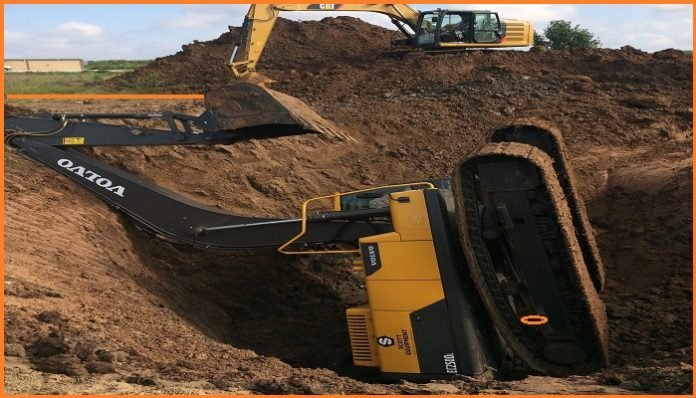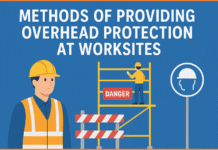Safety is now days very important on construction and excavation sites, especially during night operations when visibility is reduced. The Indian Standard IS 3764:1992 outlines specific requirements to ensure that excavation areas, adjacent public pathways, and hazardous zones are properly illuminated and marked with warning signals. These measures are designed to protect both the workforce and the general public from potential accidents and hazards.
Contents
Adequate Lighting for Excavation Areas
12.1 Excavation Areas
Excavation sites must be adequately lighted for night work. This requirement ensures that work can be performed safely and efficiently after dark. Proper lighting not only helps workers navigate the site but also minimizes the risk of accidents in complex or uneven terrain.
Public Side Walks and Warning Lights
12.1.1 Public Pathways
During the hours of darkness, all public sidewalks and walkways in the vicinity of excavation sites must be adequately illuminated. In addition to general lighting, warning lights should be strategically placed at proper sites to:
- Alert pedestrians to the proximity of excavation work.
- Inform and guide vehicular traffic safely around the work zone.
These precautions help maintain the safety of both pedestrians and vehicles, reducing the risk of accidents near hazardous areas.
Warning Signals at Excavation Approaches and Exits
12.1.2 Approaches, Exits, and Trenches
At every approach and exit of an excavation site, appropriate danger and warning signals must be installed. In areas with high traffic or increased risk, additional safety measures are required:
- Flag-men with a red flag should be posted to warn the public and oncoming trucks.
- For trenches that are likely to be frequented by the public, a suitable warning signal or red light must be provided at all times. This measure is crucial to prevent accidental falls into open trenches and ensure that pedestrians are constantly aware of the potential hazard.
Explosion-Proof Electrical Installations
12.1.3 Inflammable Substances
In locations where inflammable substances are stored or present, all electrical installations must be explosion-proof. This precaution minimizes the risk of ignition caused by sparks or overheating electrical components. Additionally:
- Portable lamps and flashlights, if needed, should be of an approved explosion-proof type, ensuring they do not pose a fire hazard in volatile environments.
Conclusion
Adhering to the provisions of IS 3764 is essential for creating a safe working environment on excavation sites. Proper lighting, well-placed warning signals, and the use of explosion-proof electrical equipment are critical components of a comprehensive safety strategy. These measures not only protect the workers and equipment on site but also ensure that the public remains safe from potential hazards associated with excavation work. By implementing these guidelines, organizations can significantly reduce risks and enhance overall safety standards on and around construction sites.





